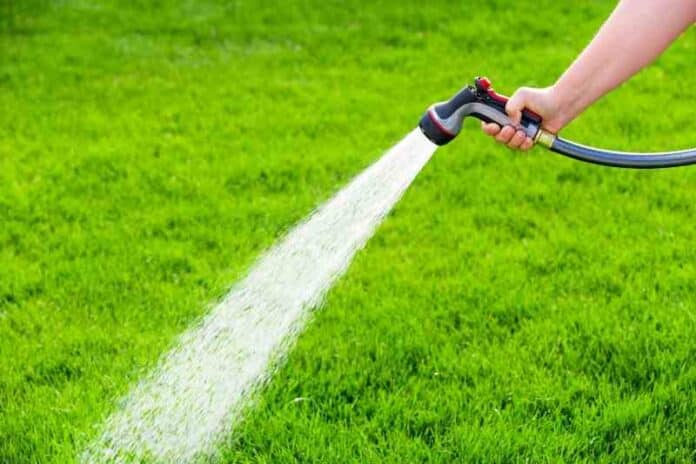
Have you noticed that your grass has gone brown in a few big spots? Are you facing a serious weed problem? Has your lawn gone soggy?
A recent survey found that 79% of Americans say that their lawn is one of the most important elements of their property. Although we love a good lawn in this country, we have a tendency to, well, make some lawn care mistakes.
Taking care of a lawn can seem like an easy and intuitive task. We’re here to shed light on some common lawn care mistakes that you’ve probably been making.
Read on for three common lawn problems that you might not realize your making during your regular lawn maintenance.
- Fertilizing at the Wrong Times
Although it’s a simple plant, grass needs quite a few resources to thrive. One of them is fertilizer. The biggest problem with fertilizer for home lawns is that homeowners are often using it at the wrong times of the year.
You want to fertilize about four times a year: in the early spring, when your grass is awakening, in late spring and summer when your grass is chugging along, and in the fall, before your grass goes dormant for the winter.
- Over or Under-Watering
Grass craves large and infrequent doses of water. This watering cycle is what encourages grass to develop deep, strong roots. During the rainy season, your grass tends to get what it needs from the natural weather patterns–but what about the dry seasons?
A dry summer, in particular, calls for a regular watering schedule. We recommend a 20-60 minute soak using a sprinkler system about two to four times a week. Any less, and you’ll start to see browning; any more, and your lawn will become over saturated.
- Mowing Too Close to the Ground
The experts at RDS Lawn Care are here to tell you that you might be cutting your grass too short. Why does the height of your grass matter and why is a little taller a lot better?
Grass roots develop in proportion to the height of the blade. If you’re always cropping your grass to just a few short inches, the roots can’t create the nutrients needed to keep the grass healthy. This becomes a cyclical issue because under-nourished grass pours all of its resources into the blade, making the roots even weaker.
What’s a good rule of thumb? Don’t cut more than 1/3rd of the blade at a time and don’t mow more than two or three times a month. Depending on the type of grass you’re growing, a two- to four-inch blade is ideal.
The Grass Is Greener on Your Side Without Common Lawn Care Mistakes
Do you want a greener, lusher, healthier lawn? Stop making these common lawn care mistakes. Lawn care service experts agree that when you learn proper fertilizing, watering, and mowing methods, things will start looking up.
An improved lawn is an improved home. Looking for more ways to boost your property? Take a look at our home improvement content and get inspired. If you are looking for Melbourne instant lawn visit Lilydale Instant lawn.

